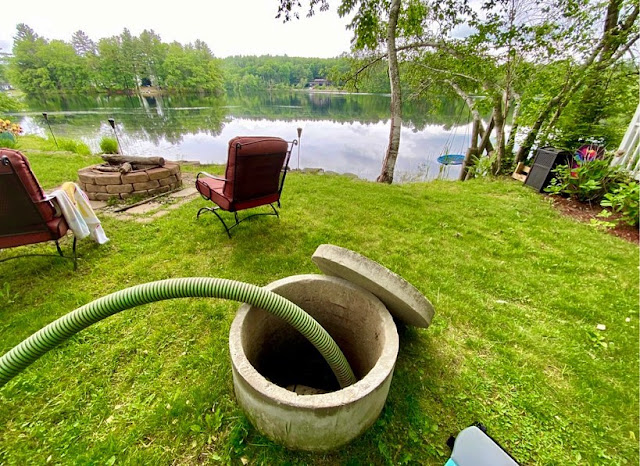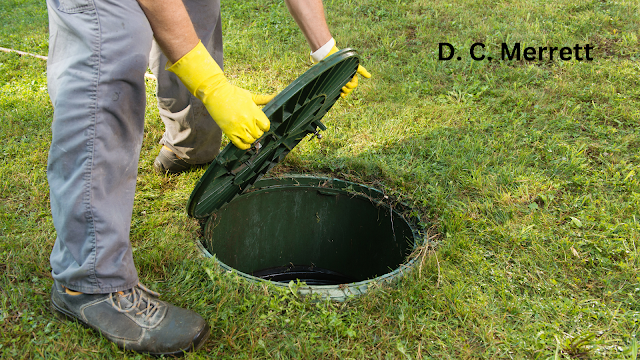What is a dry well in a septic system
Understanding Dry Wells in Septic Systems: A Comprehensive Guide
A septic system is a crucial component of many residential properties, providing an effective means of waste management. One important element of a septic system is the dry well, a subsurface structure that plays a vital role in the disposal of wastewater. In this article, we will explore the concept of dry wells, their function within a septic system, their benefits and limitations, and provide some tips for their maintenance and troubleshooting.
What is a Dry Well?
A dry well, also known as an absorption pit or leach pit, is an underground chamber or pit designed to receive and distribute effluent from a septic tank. It acts as a reservoir that allows the gradual absorption and dispersion of wastewater into the surrounding soil. The primary purpose of a dry well is to prevent an overload of wastewater in the drain field, which could lead to drainage issues, foul odors, and potential contamination of groundwater sources.
Function and Benefits
Dry wells play a crucial role in the final stage of a septic system's wastewater treatment process. Once effluent exits the septic tank, it enters the dry well, which acts as a holding area. The dry well gradually releases the wastewater into the soil, where natural processes, such as microbial action and soil filtration, further treat it before it reaches the groundwater table.
The key benefits of dry wells include:
Efficient wastewater disposal: Dry wells help evenly distribute wastewater into the soil, promoting efficient absorption and preventing overload in the drainfield.
Groundwater protection: By allowing the wastewater to undergo natural treatment processes within the soil, dry wells help protect groundwater sources from potential contamination.
Cost-effectiveness: Dry wells are often a more affordable alternative to other wastewater disposal methods, such as mound systems or septic system expansions.
Design and Installation
Proper design and installation are crucial for the effective functioning of a dry well. Here are some key considerations:
Percolation test: A percolation test, or perc test, is conducted to determine the soil's ability to absorb wastewater. It helps determine the appropriate size and number of dry wells needed for a specific property.
Sizing and placement: The size and placement of a dry well depend on factors such as soil composition, groundwater level, property size, and local regulations. A professional septic system designer or engineer can help determine the optimal specifications.
Construction materials: Dry wells are typically constructed using precast concrete rings or perforated concrete pipes. The choice of materials should ensure durability, adequate drainage, and proper ventilation.
Maintenance and Troubleshooting
Regular maintenance is essential to ensure the proper functioning of a dry well and extend its lifespan. Here are some maintenance tips:
Inspection: Regularly inspect the dry well for signs of clogging, such as slow drainage or odors. Ensure that the access point is easily accessible for inspection and pumping.
Pumping: Schedule periodic septic tank pumping to prevent solids from flowing into the dry well, which can cause clogs and reduced efficiency.
Landscaping considerations: Avoid planting deep-rooted trees or shrubs near the dry well, as their roots can infiltrate and damage the system. Maintain proper surface drainage to prevent excessive water accumulation near the dry well.
Conclusion
A dry well is a vital component of a septic system, contributing to effective wastewater disposal and protecting groundwater sources. Understanding its function, benefits, and maintenance requirements can help homeowners ensure the longevity and efficient operation of their septic systems. By implementing proper design, installation, and maintenance practices, property




Comments
Post a Comment